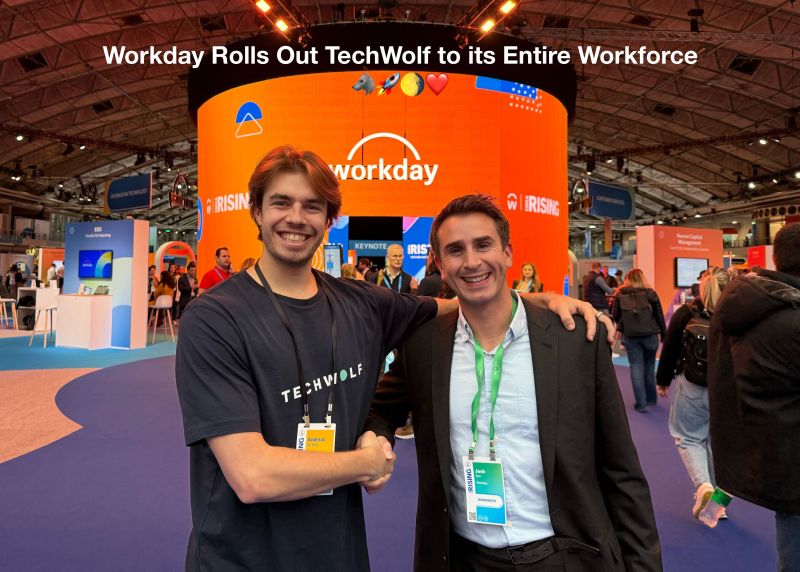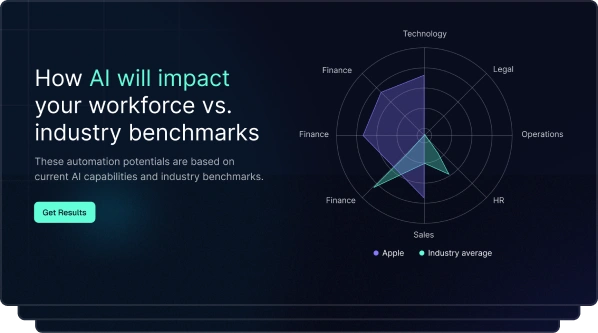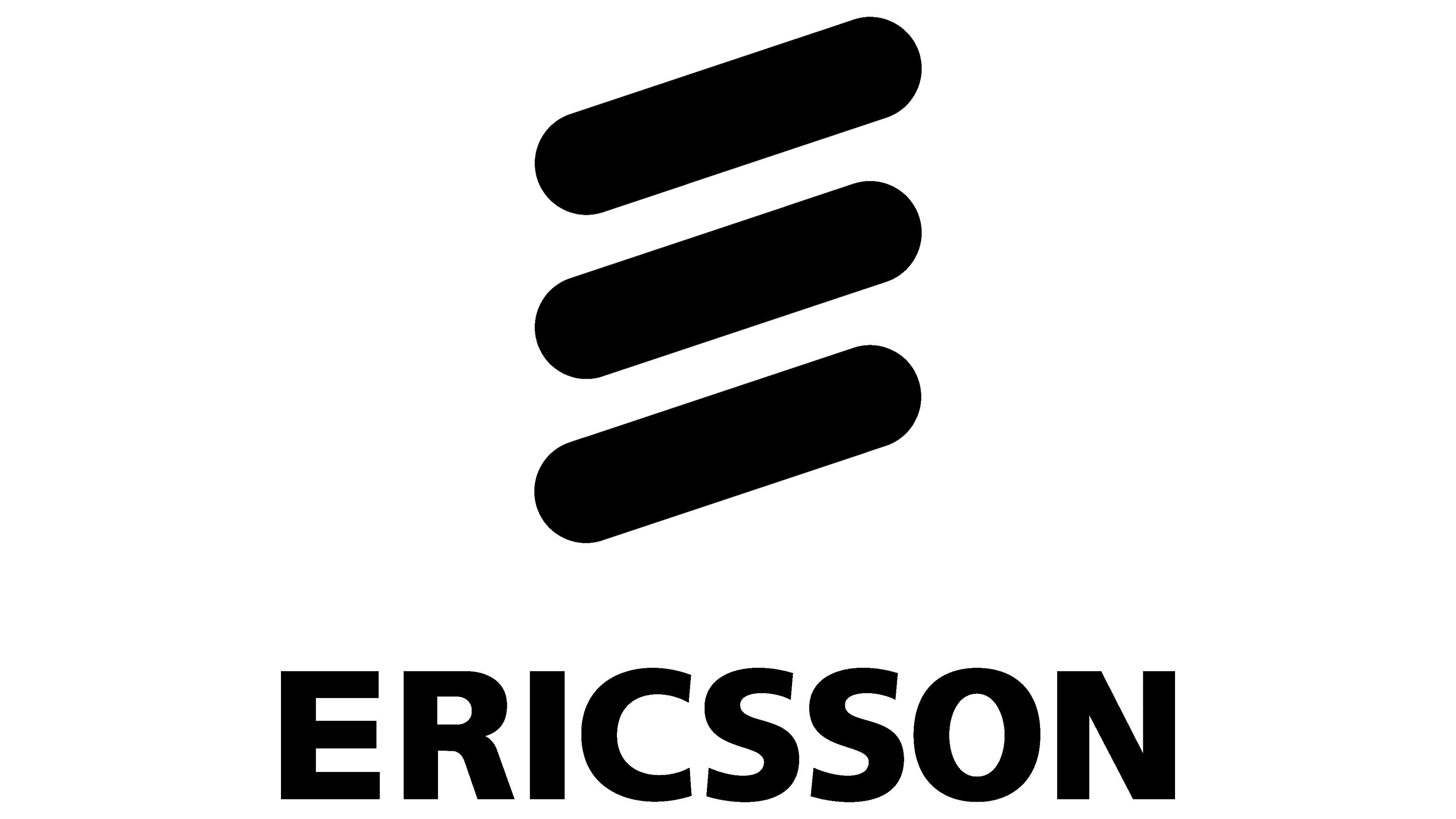How it works: The TechWolf skills intelligence index unpacked
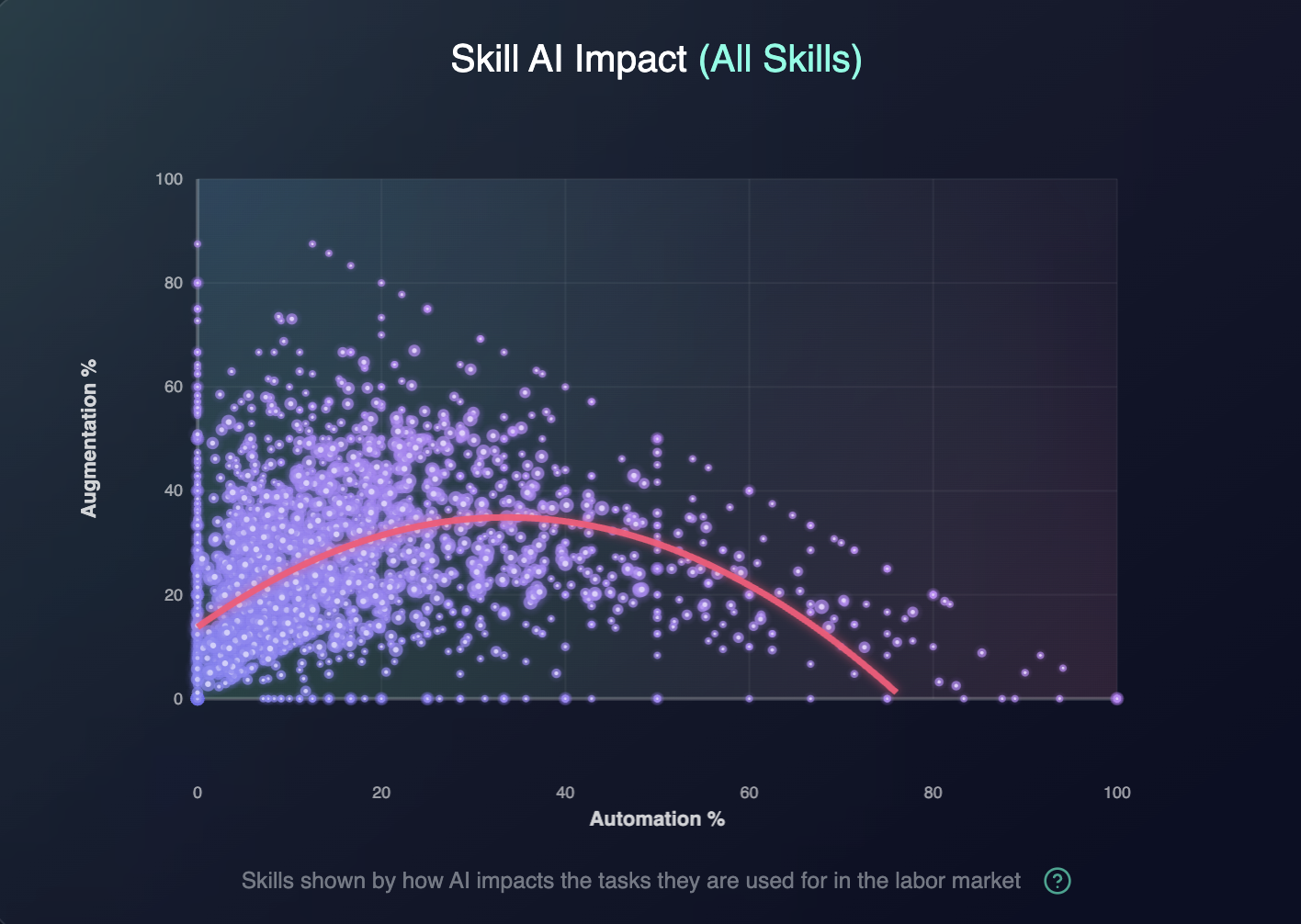
Everyone's talking about the "skills economy" and "AI transformation," but what does that actually look like in your workforce planning?
At TechWolf, we don't just talk about skills, we map them, connect them, and score them for AI impact. Our Skills Intelligence Index transforms the raw data of the labor market into crystal-clear workforce intelligence.
We've cracked open the black box to show you the four steps our AI takes to transform over 2 billion job postings into the most comprehensive public mapping of skills, tasks, and AI impact.
Step 1: The Foundation: 2 billion vacancies (and counting)
Any good analysis starts with a solid foundation. Ours is massive: a global dataset of over 2 billion job vacancies.
For this public demo, we use aggregated market data. For our enterprise clients, we zero in on vacancies published by their specific company to capture the most precise market signal possible.
The real power? This external view can be enriched with internal data—from your job architecture and HR systems to project management tools and documentation. This turns a market snapshot into a rich, complete view of the work happening inside your organization.
Step 2: Breaking down jobs with AI
This is where the advanced Natural Language Processing happens. Our proprietary AI models read job descriptions and break them down into specific, measurable tasks, then infer the skills required to perform them.
The key to actionability: normalization
The Problem: "Prepare quarterly financial statements" and "compile end-of-quarter earnings reports" are different phrases for the same task. "Financial reporting" and "financial statement preparation" are different terms for the same skill.
The TechWolf solution: Our work embedding AI models harmonize these descriptions into a single, unified framework. This normalization allows us to accurately benchmark roles across companies, compare skill demand across industries, and most crucially connect external market insights directly to your internal workforce data.
Example: Software Engineer
Take a Software Engineer role. Our AI identifies what work is actually being done, the task domains like Software Development, Bug Resolution, Collaboration & Coordination, and System Maintenance & Optimization. From there, it infers what skills are needed to perform that work: Programming, Software Architecture, Debugging Tools, and Problem Solving. This dual mapping reveals not just the job title, but the real work and capabilities that power it.
Step 3: Understanding Human vs. AI Work
It's not enough to know what the tasks are, you need to know who (or what) will perform them in the future.
For every task, our AI predicts its automation and augmentation potential using the Human Agency Scale, categorized into three levels:
- Human: Tasks that rely heavily on judgment, creativity, or empathy, with AI in a supporting role
- Augmentable: Work best done through human-AI collaboration, combining human insight with technology execution
- Automatable: Structured, repetitive work that AI can do reliably with little human input
To determine the category, we evaluate each task across six dimensions including Cognitive Complexity, Empathy, and Ethical/Sensitive Topics. This detailed approach ensures our AI impact scores are nuanced, revealing where human expertise is truly irreplaceable and where AI can boost efficiency.
Straight talk: The biggest opportunity isn't replacing people, it's augmenting them and redeploying them toward higher-value work. Our Index shows you exactly where that opportunity lies.
Step 4: The result : comprehensive skills intelligence
The final output isn't just a list of skills, it's a dynamic ontology.
Each skill is a node in a massive network, providing a complete view that transforms skills from static labels into actionable intelligence:
- Task connection: See exactly how skills translate to actual work
- AI impact: Quantified scores on automation and augmentation potential
- Mobility pathways: Identify related and adjacent skills to reveal clear pathways for reskilling and internal mobility
- Standardized definitions: Consistent language across your entire organization
This connected, ontology-driven approach enables your organization to plan workforce transformations, design targeted learning, and confidently predict how AI will impact your unique skill landscape.
Explore the Skills Intelligence Index
Discover how 2,500+ skills connect to tasks, AI impact, and each other.
Blog
From guides to whitepapers, we’ve got everything you need to master job-to-skill profiles.

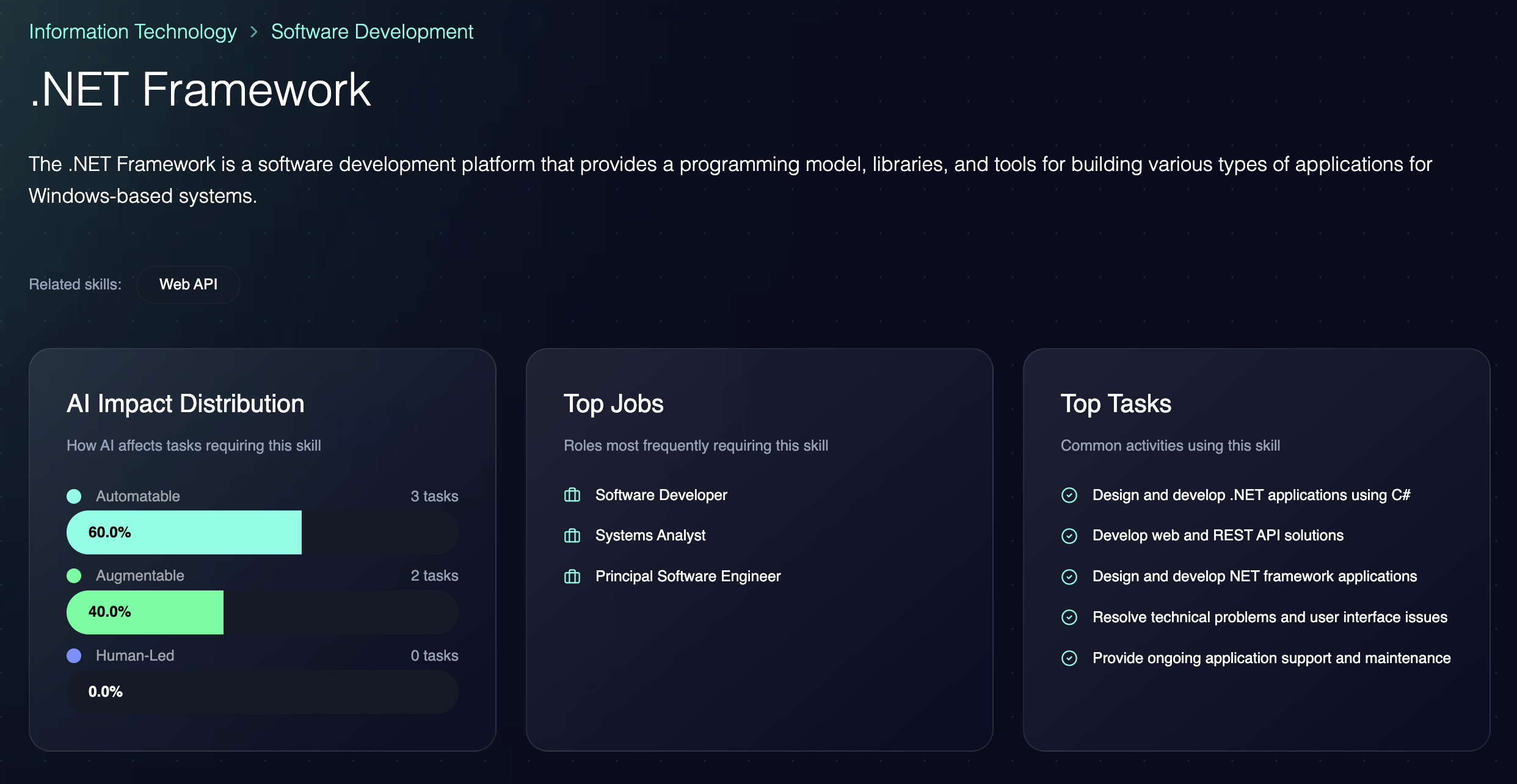
The vision for a skill-first world: Introducing the TechWolf skill intelligence index


How it works: The TechWolf skills intelligence index unpacked
